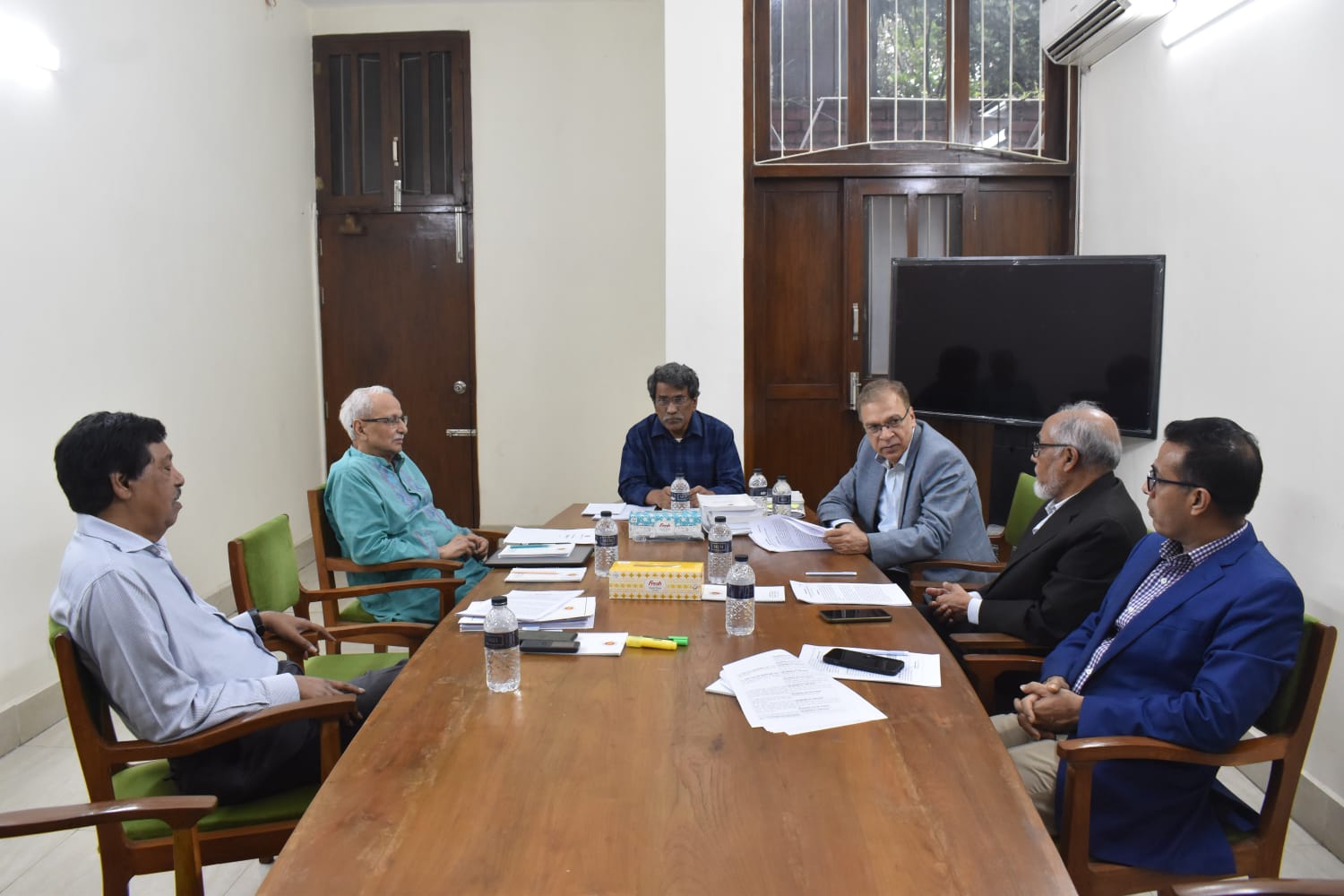 Qazi Mizan: I begin discussing how global warming is affecting developing nations. I will take up the case of India to illustrate how large developing nations are handling the crisis that is already affecting them.
Qazi Mizan: I begin discussing how global warming is affecting developing nations. I will take up the case of India to illustrate how large developing nations are handling the crisis that is already affecting them.
The developing countries did not cause the crisis of global warming but are being seriously affected by it. The window to prevent global temperatures from rising by more than 1.5 degrees centigrade is rapidly closing. The goals agreed to at the international meeting held in 2021 in Glasgow are unlikely to be met. This is the warning delivered by the Intergovernmental Panel on Climate Change (IPPC) in the third volume of its assessment report issued on April 4, a couple of weeks before the northern part of the South Asian Subcontinent was hit by a record-beating heat wave. The heat was followed by devastating floods in Pakistan.
The latest IPPC report is the third of the series written by 278 scientists who have been working on climate change. The first of the series laid out the current state of knowledge on the physical science of climate change and the second report examined the consequences of global warming. The most recent document provides a comprehensive set of possibilities for how mankind could stabilise the climate and avoid catastrophic global warming. This was the fear that motivated world nations who met in Paris in 2015 to take action.
The aim of the Paris Accord was to keep average global warming to between 1.5 and 2.0 degrees Celsius above pre-industrial levels. The two-degree target was adopted at the insistence of dozens of small-island nations that feared they would be wiped out by rising seas. “We need to get on with this fast and now, or the goal of 1.5 degrees will slip beyond reach,” said the IPPC co-chair, Jim Skae of Imperial College London. “If there is no advance in the kind of pledges that countries are making before we get to COP27 in Egypt,” he added. “We may well have to conclude that 1.5 degrees Celsius has indeed gone.” It would be recalled that COP26 was held in Glasgow, Britain at which India refused to make a firm commitment to the use of coal for producing energy. India’s stance on coal burning may change: what India does in terms of controlling carbon emissions will have consequences that would reach beyond its own borders.
In 2021, the government of Prime Minister Narendra Modi pledged that India would reach net-zero carbon emissions by 2070, a significant milestone for a country that has relied heavily on coal for producing energy as well as household cooking and heating. The country has made some strides toward meeting that goal by focusing on developing alternative sources of energy. It now ranks fourth in the world in using solar energy for power generation, increasing its capacity more than 100-fold from 2011 to 2021. The prime minister has promised that his country, the world’s third largest carbon-polluter, plans to get 50 per cent of its energy from renewable sources, including solar, wind and green hydrogen by 2030, from 40 per cent in 2022. That notwithstanding, India’s plans to rapidly grow its economy implies that it will continue to burn coal in ever greater quantities for decades to come. The country is projected to be the world’s fastest-growing consumer of energy in the coming decades. To achieve that goal, it will need the private sector to cooperate.
The role of the private sector was examined in some detail by Emily Schmall and Hari Kumar in an article published recently by The New York Times that looked at the activities of Gautam Adani now, with his wealth estimated at $120 billion, the richest man in Asia and the fourth richest in the world. The Indian billionaire was attempting to work on both sides of the climate change equation. He was developing the coal industry in the state of Gujarat while investing in renewable resources. He had invested heavily in developing the western coast of Gujarat, building a port and a railway line that would bring in coal for use in his industrial conglomerate. In an interview with the press, he said that it would be unfair to ask India to disproportionally sacrifice growth for controlling climate change. As recently as the early 2000s, 300 million to 400 million Indians had no access to electricity. “India has to move from a developing to a developed country and energy is like a food. We always align our business and business philosophy based on what the country needs.”
Adani’s investment in developing non-coal sources of energy includes helping India to reach the goal of 100 Giga watts of grid-connected solar power by the end of 2022. In the past decade, competition has reduced the cost of solar energy to level with that of coal. To persuade large players such as Adani to reduce the country’s dependence on imports, the government is encouraging investing in manufacturing photovoltaic panels in the country.
Adani’s reach goes way beyond his native state of Gujarat; it goes even beyond the shores of India. His latest move was in Australia where his Carmichael project is among the largest open-pit coal mining operation in the world. The project was opposed by climate activists including Greta Thunberg, the well-known Swedish young woman who has made climate control her life’s mission. Her opposition and those of several other activists led to the pullout of other likely partners.
Adani had to put in his own money — $7 billon — to develop the mine. It will produce coal and export it to India and get used in Adani’s massive operations in his country. Adani, already the world’s largest coal trader, is poised to become the world’s largest importer. While making such large investments in developing coal, he and his supporters maintain that some 80 per cent of his capital expenditure is devoted to developing renewable sources of energy. The war in Ukraine has strengthened the argument that Modi and Adani have made in favour of maintaining India’s coal-based energy sector by increasing India’s supply of domestic coal. This approach helped India to deal with the shortfall produced by the war in Ukraine. The war had little impact on India.
Billionaire Adani’s operations in India and the fact that he has teamed up with Prime Minister Modi to develop India’s coal-based economy is a good illustration of the challenges the world faces and prepares for taking joint action. The United Nations has produced a report that will be the main document to be used by the conferees in Egypt. I will discuss the main conclusions of the UN report in the article that will appear in the following week and the conclusions reached in the Sharm al Sheikh conference. While the conference was still in session, there was talk of transforming the IMF and the World Bank to get resources quickly and cheaply to developing nations most affected by global warming.





